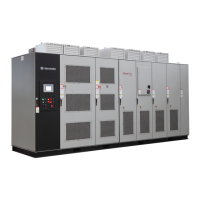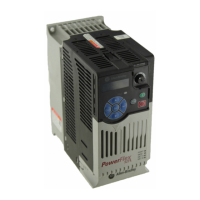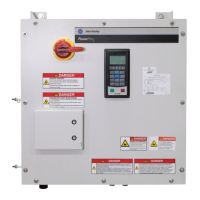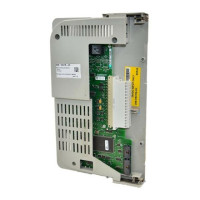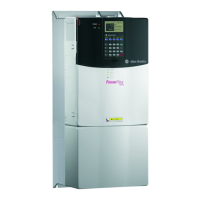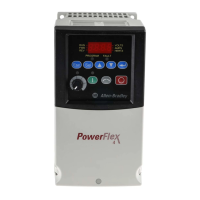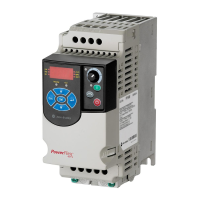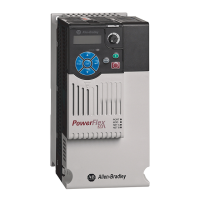Section 1
This Selection Guide contains the information necessary to determine
whether or not dynamic braking is required for your drive application
and select the correct resistor rating.
• Section 1 provides an overview of dynamic braking principles.
• Section 2 steps you through the calculations used to determine if
dynamic braking is required for your drive application.
• Section 3 steps you through the calculations used to determine if the
internal dynamic brake option is adequate for your drive application.
• Section 4 steps you through the calculations needed to select an
externally mounted dynamic brake resistor for your drive
application.
When an induction motor’s rotor is turning slower than the synchronous
speed set by the drive’s output power, the motor is transforming
electrical energy obtained from the drive into mechanical energy
available at the drive shaft of the motor. This process is referred to as
motoring. When the rotor is turning faster than the synchronous speed
set by the drive’s output power, the motor is transforming mechanical
energy available at the drive shaft of the motor into electrical energy that
can be transferred back to the drive. This process is referred to as
regeneration.
Most AC PWM drives convert AC power from the fixed frequency utility
grid into DC power by means of a diode rectifier bridge or controlled
SCR bridge before it is inverted into variable frequency AC power.
Diode and SCR bridges are cost effective, but can only handle power in
the motoring direction. Therefore, if the motor is regenerating, the
bridge cannot conduct the necessary negative DC current, the DC bus
voltage will increase and cause an overvoltage fault at the drive. More
complex bridge configurations use SCRs or transistors that can
transform DC regenerative electrical power into fixed frequency utility
electrical energy. This process is known as line regeneration.
A more cost effective solution can be provided by allowing the drive to
feed the regenerated electrical power to a resistor which transforms it
into thermal energy. This process is referred to as dynamic braking.
What This Guide Contains
How Dynamic Braking Works
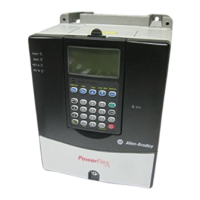
